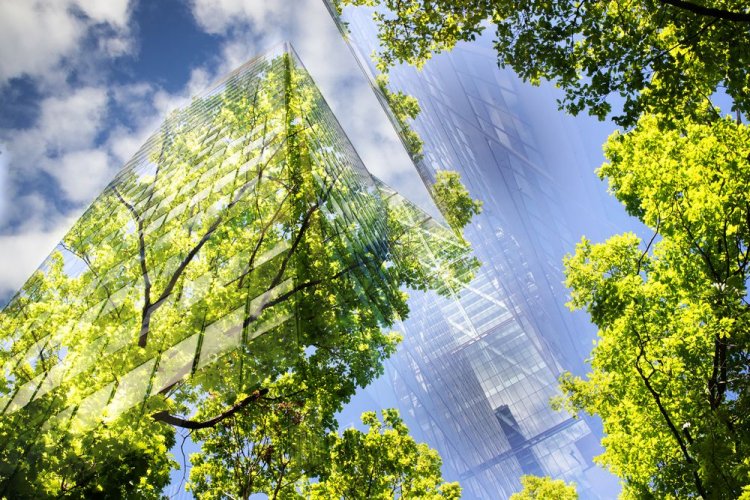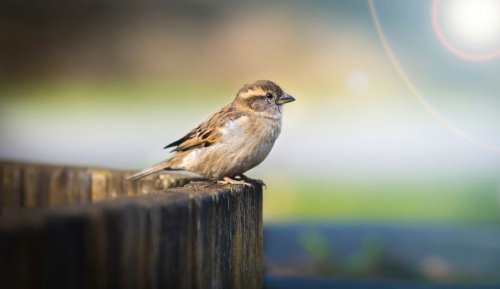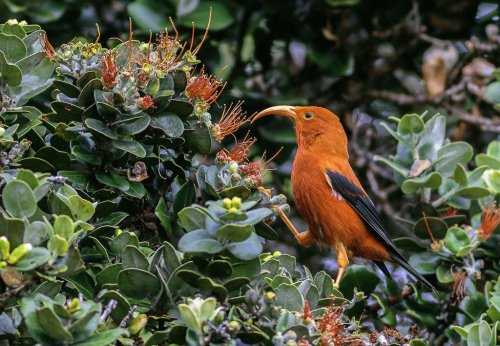The European Commission has released the European Union's targets for the revitalization of natural ecosystems by 2050. It sets specific requirements for different types of ecosystems, including agricultural land, forests, and urban ecosystems.
The relevant message appeared on the website of the European Commission.
Lawmakers have obliged each EU country to develop its own national nature restoration plans and submit them to the European Commission. EU member states must also monitor and report on their progress based on pan-European biodiversity indicators.
According to the new law "On Nature Restoration," by 2030, member states must restore at least 20% of land and marine areas, by 2040 – 60%, and by 2050 – 100% of all ecosystems in need of restoration. By 2030, the priority will be given to Natura 2000 areas.
The document establishes specific, legally binding goals and obligations for the restoration of nature in each of the listed ecosystems – from terrestrial to marine, freshwater and urban ecosystems.
Restoration of terrestrial and marine ecosystems
The regulation covers a range of terrestrial, coastal and freshwater, forest, agricultural and urban ecosystems, including wetlands, grasslands, forests, rivers and lakes, and marine ecosystems, including sea grass, sponges and corals.
For biotopes considered to be in poor condition, Member States will take measures to restore them:
- at least 30% by 2030;
- at least 60% by 2040;
- at least 90% by 2050.
Protection of pollinators
In recent decades, the number and diversity of wild pollinating insects in Europe has declined sharply. To address this problem, the law introduces specific requirements for measures aimed at halting the decline of pollinator populations by 2030 at the latest.
Measures specific to ecosystems
Member States should take measures to improve two of these three indicators:
- populations of meadow butterflies;
- reserves of organic carbon in mineral soils of arable lands;
- shares of agricultural land with a high level of landscape diversity.
The new law envisages increasing the population of forest birds and ensuring no net loss of urban green space and tree cover by the end of 2030.
EU Member States will restore drained peatlands and help plant at least 3 billion additional trees by 2030 at EU level.
In order to transform at least 25,000 km of rivers into free-flowing rivers by 2030, European countries will remove artificial barriers to the connection of surface waters.
By 2033, the European Commission will analyze the application of the new law and its impact on the agricultural, fisheries and forestry sectors, as well as its wider socio-economic consequences.
Earlier, EcoPolitic wrote, that on June 17 most EU member states gave the final "green light" to the law "On the restoration of nature" (the Nature Restoration Law).





